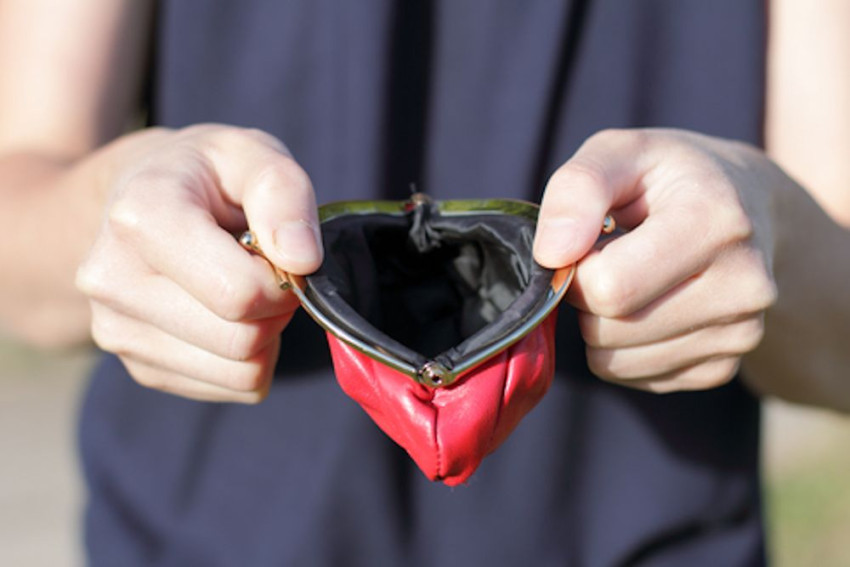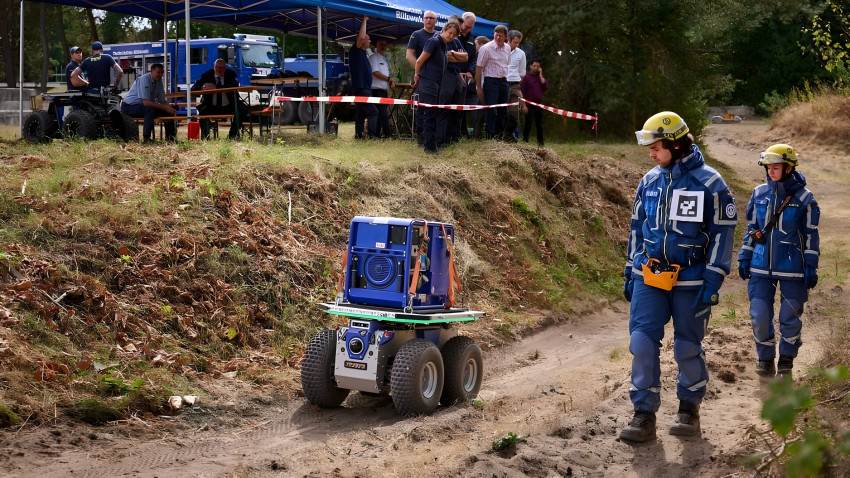
Algorithm predicts welfare fraud
Various municipalities use an algorithm to predict welfare fraud. In the predicted top ten of fraud cases, this leads to sanctions in 2 to 5 cases.
The algorithm was developed by Totta Data Lab. ‘The idea behind the algorithm is that we are able to use it to trace cases of fraud that are not detected during the regular checks,’ explains Jesse Luk, one of the Lab's founders.
The algorithm, which is based on deep learning, teaches itself using an extensive database containing citizens’ personal data. ‘We use old fraud cases for training purposes.’ To prevent the algorithm from only looking at fraud patterns from the past and failing to recognise modern patterns of fraud, the algorithm also signals welfare benefit situations that deviate significantly from the average, known cases. ‘If such a deviation indeed turns out to be a case of fraud, then the algorithm learns from this too.’
Permitted personal data
Once trained, the algorithm is ready to spring into action. It looks at the income and family situation of people currently receiving welfare benefits. ‘To this end, we use the data that regular fraud investigations are allowed to use, such as data from the tax authorities, the Netherlands Vehicle Authority (RDW), the Netherlands’ Cadastre, Land Registry and Mapping Agency (Kadaster), and information about family composition and history of benefits.‘ This means the algorithm is able to indicate whether there is a high probability of welfare fraud, based on certain data combinations. ‘A well-known example is the purchase of a car which, although it might not have cost much, counts as an asset but is not reported.’
The algorithm has been used for a year now. So is there already a result? ‘Municipalities only look at the top ten of the most serious cases of fraud detected by the algorithm. They limit themselves to this, as fraud investigations are very labour intensive.' 20 to 50% of cases from the top ten are indeed cases of fraud. ‘So our method reveals cases that regular investigations are not able to identify.’ Social detectives currently use comparisons of data files, or reports received.
The algorithm also has a contrary action: it eliminates possible cases of fraud. ‘Municipalities often receive reports from neighbours or the police about suspected fraud. The algorithm helps to filter this process, so that only the most serious cases are investigated.’
Algorithm does not decide on cutting benefits
The process makes it clear that the algorithm never takes a decision about the amount of benefit entitlements. ‘That's not legally permissible, and I would consider it very undesirable given this kind of sensitive subject. The algorithm is a kind of informant, and the subsequent process must be set up very carefully.’ That process involves social detectives establishing whether or not fraud has actually taken place, before sanctions can be levied.
Totta Data Lab has developed a similar algorithm in the past for people under debt counselling. 'We were able to predict reasonably well who was most likely to clear their debts successfully, and who would probably take on further debt. This information proved useful when counselling the debtors.’ That the algorithm was not used in practice has to do with the long period of time involved in debt counselling, according to Luk. ‘A debt clearance process often takes four to five years, which made it difficult to incorporate the recommendations made by our algorithm.’ After all, debt counselling is an arduous process, and is not always very structured. Welfare fraud investigations on the other hand take no more than three months.
Helping those entitled to welfare benefits
The Totta Data Lab approach could potentially also be used for other applications. For example to trace people who basically qualify for special assistance, but who do not use it in practice due to ignorance or doubts about the advantages of applying. In this way, artificial intelligence is used to help people entitled to welfare benefits. ‘We have not yet received a request to develop an algorithm for this purpose, but it is definitely possible.’
If you found this article interesting, subscribe for free to our weekly newsletter!







